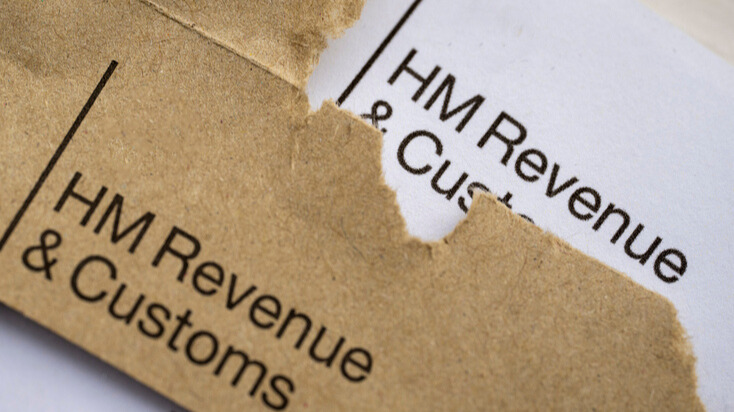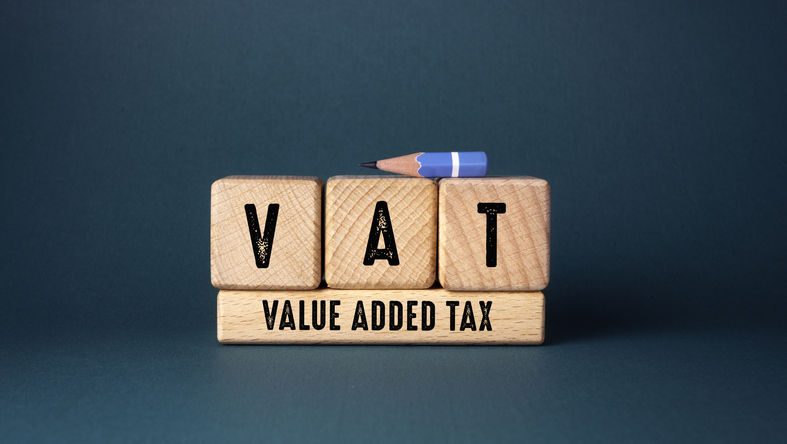When it comes to tax planning for family businesses, the main thing is making sure you are proactive.
You need to be prepared consistently to make forward-thinking decisions since many of the rules which permit the optimisation of tax payable cannot be applied retrospectively.
Equally, we often see people letting “the tax tail wag the dog”. So, for example, you would not spend £10 in normal everyday life to save £1.90, but oddly, some business owners are prepared to do so because they hate paying corporation tax.
From our perspective, if you are not paying tax it normally means one thing: your business is failing. Too often, motivated by an aversion to paying more tax on their family businesses, we see owners restrict the growth of their business rather than allowing it to achieve its full potential.
Tax can be estimated in advance and getting a handle on it and setting aside the relevant funds is a very simple first step to help owners manage their cashflow and not have to worry about a nasty tax bill. As with anything in your business, managing it is key.
Business structure
Ideally, you should speak with a reputable qualified accountant before you even set up your business as the structure can have different implications. For example, if you as an individual have a limited company, you are taxed on the income that you take from the company, either via salary or dividend. On the other hand, as a sole trader or a partnership, you are taxed on the profits it generates no matter what money you take personally.
Companies, too, are taxed on their profits, and dividends are paid out of profits after tax.
‘Most businesses aim at nothing and hit it with amazing accuracy’
Paying yourself
Tax rates are constantly changing but at present it is more tax efficient to pay yourself via a low salary, roughly £9,000 a year and dividends.
Let’s consider the following example:
Salary vs dividends: how tax is calculated
| Salary only | Dividends only | Salary and dividends | |
| Profit before tax | £50,000 | £50,000 | £50,000 |
| Salary | -£45,009 | £nil | -£8,844 |
| Employers' NIC | -£4,991 | £nil | £nil |
| Taxable profits | £nil | £50,000 | £41,156 |
| Corporation tax | £nil | -£,9500 | -£33,336 |
| Retained profits | £nil | £nil | £nil |
In each of these instances, the limited company has generated £50,000 profits in the year and has paid this out fully to the director leaving £nil retained profits. The net cash received by the director varies in each circumstance, however, with a total variation of £5,836, nearly £500 a month extra cash in hand:
- £34,268 – Salary only
- £38,550 – Dividends only
- £40,104 – Salary and dividends
The low salary of £8,844 maximises corporation tax relief and net take home pay – there is no National Insurance Contribution (NIC) deduction, but it is enough to count as a qualifying year for your state pension.
Other tax benefits for family businesses
There are a number of other benefits that can be considered for yourself and the team. When we take on new clients, we go through a 90-point tax checklist that covers a number of items including:
- Mobile phones
- Electric vehicles
- Employee encouragement awards
- Long service awards
Let’s just take a quick look at electric vehicles. If a business owner wants £60,000 net cash in hand, then they will currently be taking dividends at the higher rate of 32.5 per cent and due to increase to 33.75 per cent from 6 April 2022.
If an electric car lease is £600 a month, the owner would need to take a gross dividend of £889 to be left with £600 after tax to pay for the lease, that is, a £0 net cash position overall.
The company, however, could pay for the car and recover 50 per cent of the VAT (£50) and get corporation tax relief on the remaining £550. The net cost after tax is therefore £446 a month rather than £889. An annual saving of £5,316.
The director would have a benefit in kind, currently 1 per cent, and so if we assume the car has a value of £50,000 = £500 benefit. Even if we assumed tax at 40 per cent = £200 so a £296 dividend would be required to pay the additional tax. The saving is therefore still over £5,000.
>See also: How to buy an electric car through your business
Corporation tax and family businesses
A company pays tax on its profits at the year end, but there is a difference between the taxable profits in the corporation tax return and the figure in the accounts. In fact a company may show losses on its P&L but still have a tax liability.
This is because depreciation is an accounting adjustment and is added back in the tax computation. Consider the following:
- Net loss of £15,000
- Depreciation of £35,000
- Fixed asset additions in the year of £7,500
The taxable profits are actually £12,500 (the £35,000 depreciation charge is added back but there are capital allowances on the fixed asset additions of £7,500).
Fixed asset additions have a number of different treatments under the capital allowance rules, hence another reason why it is worth having a pre-year-end tax planning meeting with your accountant.
As noted above, you would not spend £10,000 just to save £1,900, but if you are going to spend £10,000 anyway timing is important. For example, a piece of equipment needs to be replaced, then bringing this forward means the company will get the corporation tax and cashflow saving nine months earlier. That is to say that if the company has a 31March 2022 year end and spends £10,000 on 30 March 2022, it will reduce its corporation tax payment on 1 January 2023 by £1,900. However, if it makes the payment on 1 April 2022 the £1,900 saving would be deferred to 1 January 2024.
There are a number of other reliefs to be considered, including the Super Deduction for new equipment and R&D.
>See also: Super-deduction tax break – what is it and how does it work?
Pensions
This can be another useful way to extract long term value for business owners, while also being tax efficient since the pension contribution is deductible for corporation tax. Again, the payment needs to be made before the year end; that is to say, it cannot be accrued or carried back, and you have an allowance of £40,000 a year, although there are yet other rules, so it can get quite complicated. Again, a pre-year-end tax planning meeting means that you can review this proactively.
VAT and PAYE
Once your business reaches a turnover of £85,000 in a 12-month period you need to register for VAT. This applies also if you think you will have £85,000 of sales within the next 30 days.
VAT can have a serious impact on cashflow as business owners often treat the income they receive as their own, but in fact one-sixth of it is due to HMRC and the business is merely the “collector” of this tax.
- Gross sale of £1,200
- £200 VAT – payable to HMRC
- £1,000 sales income – recorded in the profit and loss account
You can offset VAT on expenses against the sales VAT and there are cash accounting schemes so you do not need to pay VAT to HMRC until you have received the cash yourself, but the rules regarding VAT and these schemes can be quite complex, so again, seeking professional advice is always best.
While accounting software purports to be able to deal with this at the “click of a button”, the reality is much more complex and it can be easy to create issues if not dealt with correctly.
PAYE
If you have employees, you need to report the payments you make to HMRC and pay the PAYE and NIC (employee deduction and employers’ contribution) to HMRC.
If you pay your employees weekly this means 52 reports a year compared to 12 if done monthly, which can lead to an admin headache. In addition to PAYE you also need to consider pensions and auto-enrolment for employees.
Recordkeeping
It goes without saying that making proactive decisions means that you need to have up to date information and with Making Tax Digital it is going to be even more important in future to have a good record system.
Exit?
Finally, what is your end goal for the business? Most businesses aim at nothing and hit it with amazing accuracy. Making your business “sale ready” should always be the aim as it gives you maximum flexibility. It means the business can run without you so that if you had to sell it you could get the maximum return for all your hard work.
Stuart Clark is managing director of Glasgow-based Russell & Russell, which serves owner-managed businesses throughout the west of Scotland





